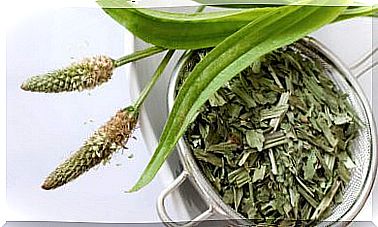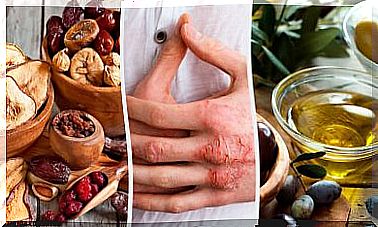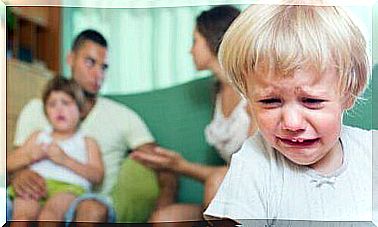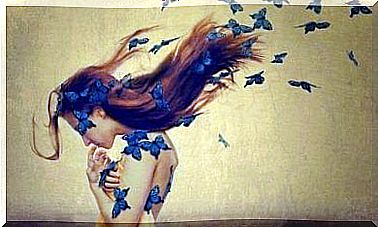6 Things To Know About Cradle Cap
Cradle cap is not an allergy, nor an occurrence due to poor hygiene. This is an aesthetic problem which, with the necessary care, will remain under control until its disappearance.
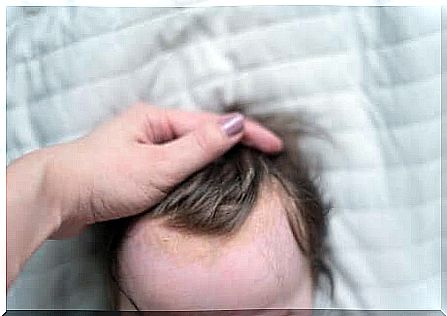
Cradle cap, or infant seborrheic dermatitis, is quite common in children under three years of age. They tend to go away on their own. Nevertheless, it is normal for this condition to worry parents. In this article, we explain a few things to know about it.
Cradle cap
This is a type of seborrheic dermatitis that mainly occurs in infants. This condition consists of the appearance of thick, yellowish scabs or scales in the scalp area. They can also appear in other areas of the body.
In addition, if some babies develop it in very small areas, others show it all over the head, including the eyelashes and eyebrows.
As for the causes, in reality, many are still being investigated. However, researchers believe it may be the result of excessive sebum production by the sebaceous glands. In addition, since seborrheic dermatitis mainly affects infants and adolescents, the hormonal factor can also play an important role.
In any case, there are also other factors that can increase the likelihood of developing this condition. Among them we can cite extreme climates, oily skin, stress, weakened immune system, etc.
Here are some key things to know about cradle cap. You can be reassured and provide the necessary care for your baby.
Does cradle cap itch or hurt?
Although their appearance may feel itchy or hurt, cradle cap does not cause any of these sensations in the baby. If there is irritation, it may be due to infection, but not seborrheic dermatitis.
This is because it is simply a cosmetic problem which in most cases goes away on its own after a while.
Are cradle cap an allergy?
There are often myths and rumors circulating about the appearance of cradle cap related to certain food allergies, such as milk. But this is precisely a myth, nothing more.
As we explained earlier, infant seborrheic dermatitis has nothing to do with allergic reactions. Rather, it is an excessive production of sebum by the sebaceous glands.
Are they contagious?
No, cradle cap is not contagious. It is not an infection, bacteria or virus. They cannot therefore be transmitted to anyone.
Also, although most cases usually go away after a few months, some children develop them until they are 2 or 3 years old. Also, in some cases, cradle cap may reappear suddenly.
Is it a lack of hygiene?

As stated earlier in this article, the exact causes of scabs are not well understood. However, they are probably the result of excessive production of fat or sebum in the body. It is therefore not the result of a lack of hygiene.
On the other hand, once it occurs, it is important to maintain certain measures in order to avoid infections. You can put protection on the child’s hands if they tend to touch their head, keep their fingernails clean, and use a comb with clean bristles.
How to treat cradle cap?
Most of the time, specific treatment is not necessary. In this sense, the application of olive or sweet almond oil as well as a gentle massage in the area of dander can help eliminate. Also, in some cases it may be necessary to leave the oil on for a while in order to soften the scabs.
Whatever happens, you should never remove the dander by scratching or using a comb. It is best to wait for the oil to soften them and gradually disappear on their own.
Should we go to the doctor?
Obviously, it is always important to have the advice of a doctor on matters relating to infant health. During visits to the pediatrician, you should therefore tell him about cradle cap so that he can examine whether it is an infection or another complication.
In addition, the doctor can advise you on specific baby shampoos or oils to use.
Whatever happens, you must go to a specialist in the following cases
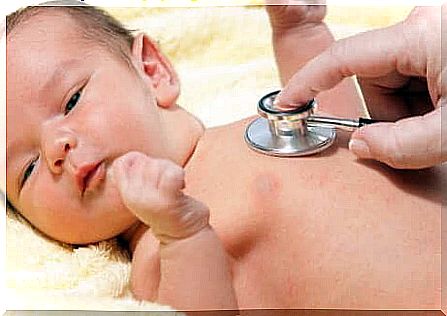
- Milk crusts worsen and spread to other parts of the body besides the head
- Seborrheic dermatitis causes irritation and itching in the baby as well as hair loss
- The scales become red, hot, or start to fester
- In addition to having cradle cap, the infant has difficulty gaining weight
As you may have seen, infant seborrheic dermatitis is not a serious disease. All it takes is a little care at home and it will be gone sooner or later. Nevertheless, we advise you to consult a pediatrician so that he rules out other complications and indicates an adequate treatment.
